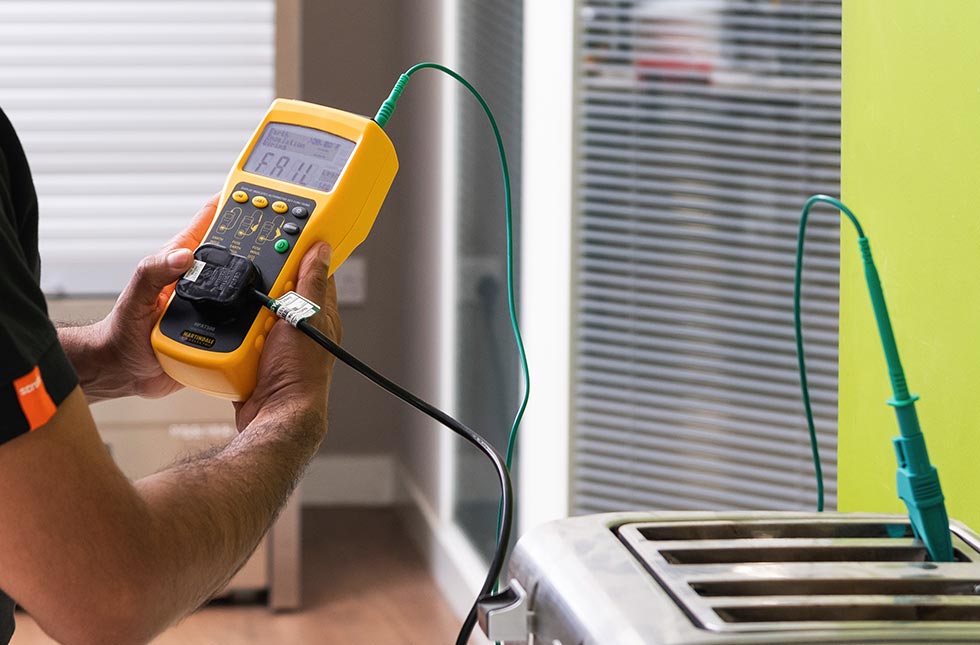
The Standard Platinum Resistance Thermometer (SPRT) is designed to allow the wire to expand and contract strain-free, providing superior performance. However, all SPRTs are more prone to damage and shift from handling. When a thermometer is strained, the platinum is stretched and thinned, increasing resistance. Annealing is a process that returns the crystal lattice of the platinum to its original condition, reducing resistance.
If strain is introduced through a high energy impact, the thermometer needs to be taken to a high temperature. However, this temperature is limited by the thermometer's construction. For a 25 Ohm SPRT, the highest temperature it can reach is 670°C, but this may not be enough to remove all strain. The ideal anneal cycle would be to hold the thermometer at 670°C for 2 hours, then cooled slowly to 450°C, soaked for 30 minutes, and then measured at the triple point of water (TPW).
The most important thing is that the W values for the SPRT remain the same, which can be checked by calculating the ratio of the resistance at the gallium point (RGa) to the resistance at the water triple point (WGA) and comparing this value to that on the calibration certificate.
When using the SPRT with a programmable bridge, it is important to update the programmed data with a current RTPW value to minimize errors in displayed temperature.




